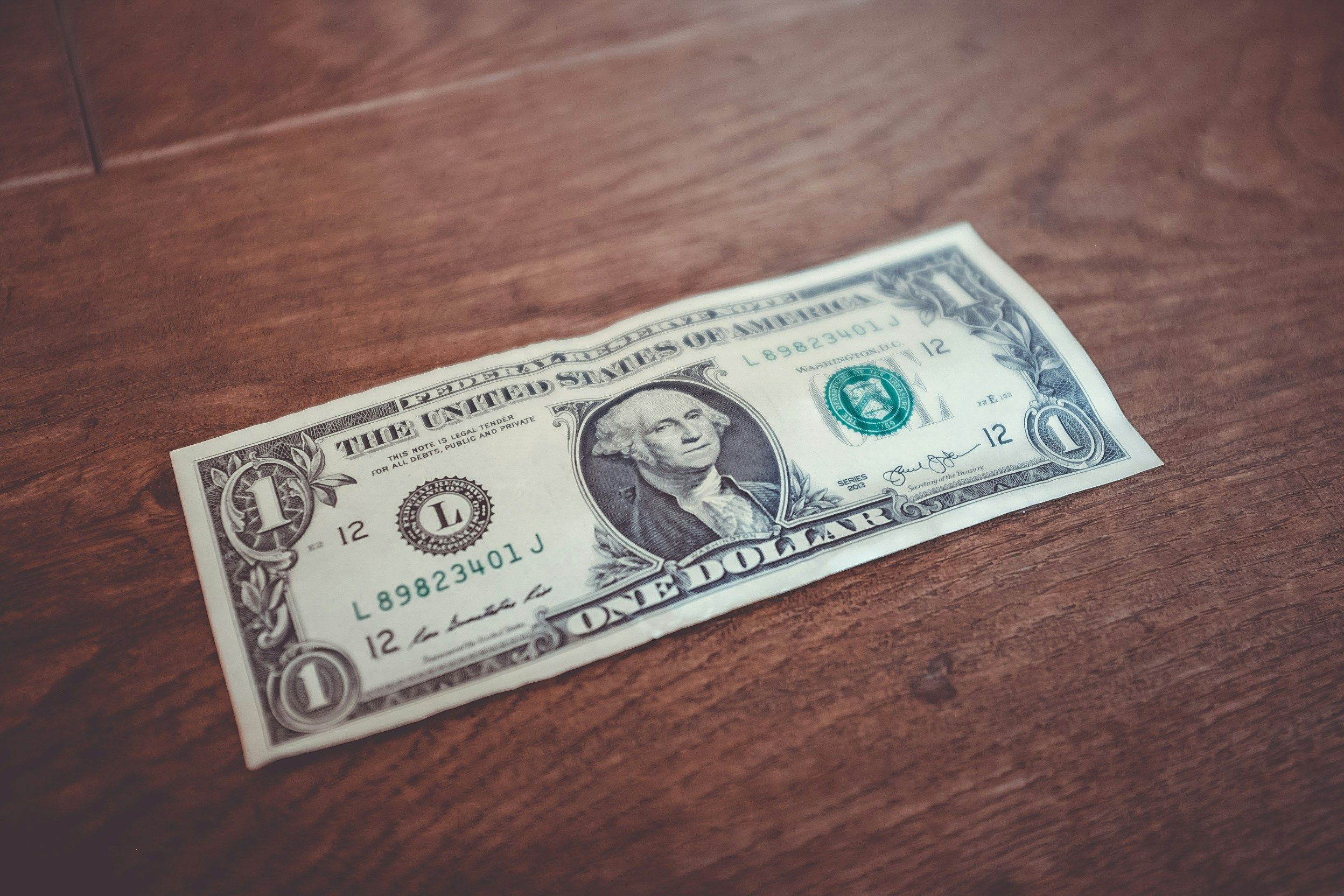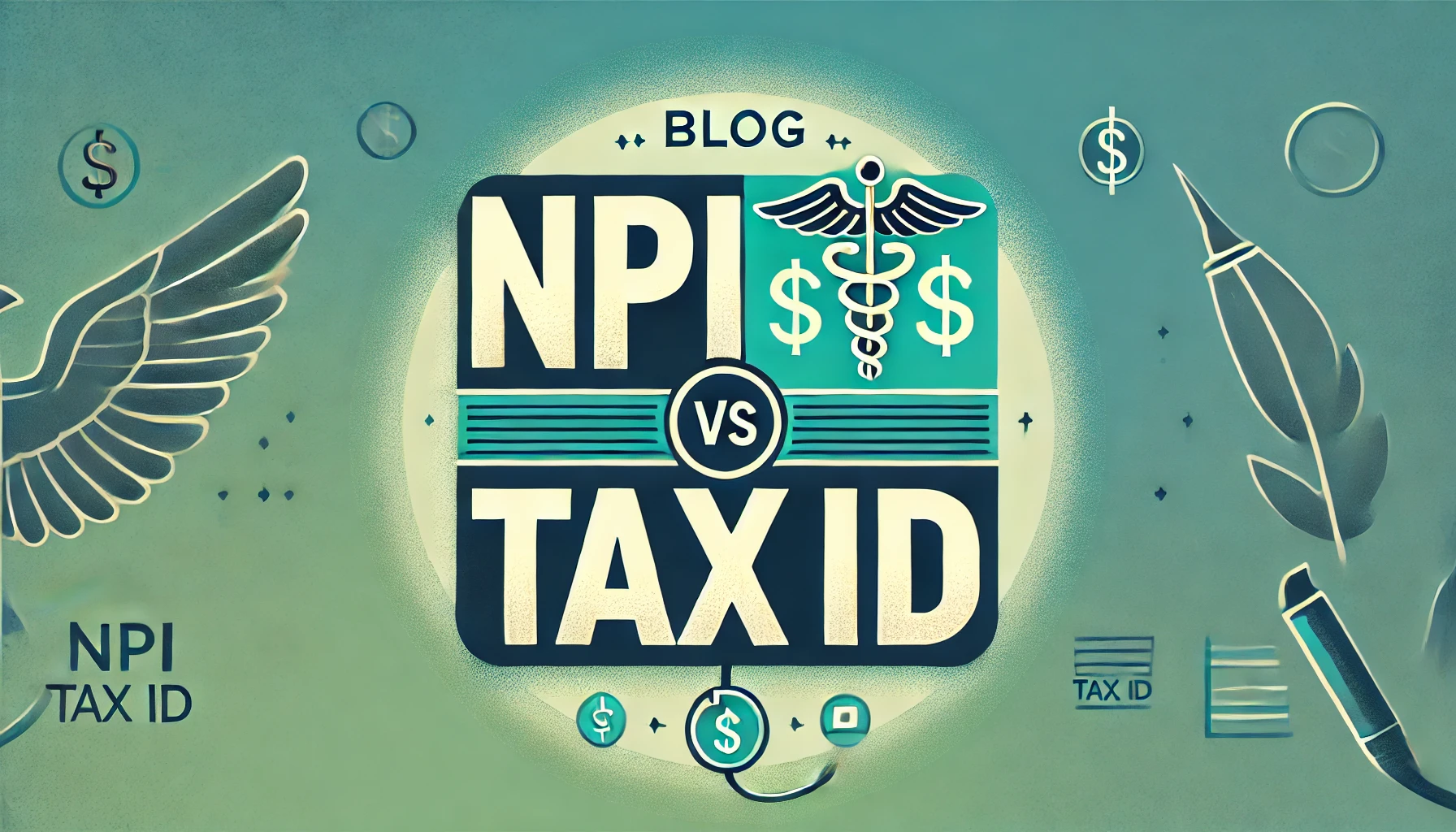How to Calculate After Tax Salvage Value: A Complete Guide
Learn how to calculate the after-tax salvage value of business assets, a crucial factor in financial decision-making and accurate financial reporting. This guide provides a detailed explanation and practical examples to help you make informed decisions.
Abhinil Kumar
Author

Imagine you are an employee of a mid-sized company tasked with evaluating the financial viability of a major equipment upgrade. The current machinery, after years of service, is approaching the end of its useful life. You’re faced with the decision of whether to sell it or keep it until it becomes obsolete. To make an informed choice, you need to calculate the after-tax salvage value of the equipment, which will significantly impact your company’s financial statements and tax liabilities. This guide aims to demystify the concept of after-tax salvage value, illustrating its importance in financial decision-making and providing a step-by-step process to calculate it accurately.
Salvage value plays a crucial role in determining the worth of an asset at the end of its useful life. It represents the estimated value of an asset when it is no longer useful or productive to a company. Understanding salvage value is significant as it influences various financial decisions regarding asset management and depreciation.
Companies estimate salvage value to determine the amount to which an asset’s value is depreciated over its useful life. Depreciation is the allocation of an asset’s cost over its expected lifespan. By subtracting the salvage value from the original cost, companies can calculate the carrying value of the asset after depreciation. This carrying value serves as an essential indicator of an asset’s remaining value on the company’s balance sheet.
Furthermore, salvage value also aids in strategic decision-making related to the potential sale of depreciated assets for parts. When an asset has reached the end of its useful life, it may still have value in its individual components or as scrap. Companies can sell these parts or scrap to recover some of the asset’s value, thus reducing the overall cost of ownership.
What is After-Tax Salvage Value?
The after-tax salvage value is the net value of an asset after it has been sold and all related taxes have been deducted. It is a critical component in assessing the profitability of an investment and the financial impact of disposing of an asset. Salvage value is a concept that holds significant importance in the world of business. This value plays a crucial role in financial decision-making as it affects various aspects such as depreciation, asset disposal, and capital budgeting. Understanding the definition and significance of salvage value helps business owners and managers make informed choices and plan for the future. In the following sections, we will explore the exact meaning of salvage value and delve into its relevance in business operations.
Why Calculate After-Tax Salvage Value?
Accurate Financial Reporting
Ignoring taxes on gains from asset sales can lead to overestimating the asset’s value, resulting in incorrect financial reporting. Calculating after-tax salvage value ensures that all tax liabilities are accounted for, providing a true reflection of the asset’s worth.
Strategic Decision Making
By considering the after-tax salvage value, businesses can make strategic decisions about whether to sell an asset or continue using it. This calculation helps in evaluating the net benefit of disposing of an asset versus keeping it in operation.
Salvage Value vs. Depreciation
Salvage value and depreciation are both accounting concepts that are related to the value of an asset over its useful life. However, they are distinct from each other.
Salvage value refers to the estimated residual value of an asset at the end of its useful life. It represents the amount that the asset is expected to be worth when it is no longer useful or productive to the business. This value is determined by various factors such as the condition of the asset, market demand, and technological advancements. The salvage value is important for accounting purposes as it allows for the calculation of depreciation expense.
Depreciation, on the other hand, is the systematic allocation of the cost of an asset over its useful life. It is a method of recognizing the decline in value and the wear and tear of an asset over time. Depreciation expense is reported on the income statement and reduces the value of the asset on the balance sheet. By spreading the cost of an asset over its useful life, depreciation ensures that the expense is matched with the revenue generated by the asset during that period, in accordance with the matching principle of accounting.
Factors Affecting Salvage Value Calculation
Asset Condition
The condition of the asset is an essential factor in determining its salvage value. An asset in good condition is likely to have a higher salvage value compared to one that is damaged or in poor condition. The better the condition, the more valuable the asset is likely to be in the salvage market.
Market Demand
The market state is another influential factor. The demand and supply of salvaged assets can fluctuate, affecting their value. If the market is saturated with similar assets, the salvage value may be lower due to decreased demand. Conversely, if there is high demand for a particular type of asset, the salvage value may increase.
Age and Useful Life
The age of the asset and its remaining useful life are critical factors. Older assets with shorter remaining useful lives generally have lower salvage values.
Maintenance and Repair History
The level of maintenance and upkeep performed on an asset throughout its lifespan can affect its salvage value. Proper maintenance and regular upkeep can help preserve an asset’s condition and functionality, increasing its salvage value. On the other hand, neglected or poorly maintained assets may have a reduced salvage value due to their diminished condition.
Technological Advancements
Technological advances can significantly impact the determination of salvage value. As new and more efficient technologies emerge, older assets may become outdated and less desirable in the market. This can lead to a decline in their salvage value as buyers prefer assets with the latest technological capabilities.
Salvage Calculation
Salvage value, also known as residual value or scrap value, is a fundamental concept in accounting and asset management. It refers to the estimated value that an asset will have at the end of its useful life. This figure is critical for businesses as it plays a key role in several financial processes, including the calculation of depreciation, asset replacement planning, and overall financial strategy. Understanding how to accurately calculate salvage value is essential for businesses to manage their assets effectively.
Calculating depreciation
Calculating depreciation with consideration of the salvage value ensures that the asset’s cost is accurately spread over its useful life. This provides a true reflection of the asset’s value and helps in presenting a more accurate financial position of the company. It is is an essential component of financial accounting, allowing businesses to allocate the cost of an asset over its useful life. One method of determining depreciation involves considering the asset’s salvage value. The salvage value is the estimated residual value of the asset at the end of its useful life.
To calculate depreciation, follow these steps:
1. Determine the original cost of the asset: This includes the purchase price, delivery costs, and any installation or setup expenses.
2. Determine the useful life of the asset: Estimate the number of years or units of production the asset is expected to contribute to the business’s operations.
3. Determine the salvage value: Evaluate the estimated value of the asset at the end of its useful life. This value can be based on factors such as market conditions and the asset’s condition.
4. Calculate the depreciable base: Subtract the salvage value from the original cost of the asset. This represents the amount that will be depreciated over the asset’s useful life.
5. Calculate the annual depreciation expense: Divide the depreciable base by the useful life of the asset. This will give you the yearly depreciation expense.
The four depreciation methods available are straight-line, units of production, declining balance, and sum-of-the-years’ digits. The choice of method depends on the nature of the asset and its expected pattern of use and obsolescence.
The straight-line method is suitable for assets that are expected to provide equal benefit over their useful life, such as buildings or vehicles. The units of production method is appropriate for assets that are mainly used based on its output or production levels, such as machinery. The declining balance method is best suited for assets that are expected to be more productive in their early years and less productive as time goes on. The sum-of-the-years’ digits method is generally used for assets with a higher productivity pattern in the early years and slower productivity in later years.
Straight-Line Method
The straight-line method is a commonly used approach for calculating depreciation by evenly spreading the decrease in an asset’s value over its useful life until it reaches its salvage value. This method assumes that the asset’s value decreases at a constant rate over time.
Formula:

Straight-Line Method
Example:
let’s consider a company that purchases a machine for $10,000. The estimated useful life of the machine is 5 years, and its salvage value is determined to be $2,000.
Using the straight-line method, the annual depreciation expense would be calculated as follows: ($10,000 - $2,000) / 5 = $1,600 per year.
This means that each year, the value of the machine would decrease by $1,600 until it reaches its salvage value of $2,000 after 5 years. By using this method, the company can determine the gradual loss of value of the asset over its useful life.
Double-Declining Balance Method
The double-declining balance method is a depreciation technique used to calculate the reduction in value of an asset over its useful life. This method allows for faster depreciation in the earlier years and slower depreciation in the later years.
To calculate the annual depreciation using the double-declining balance method, you start with the straight-line rate, which is the asset’s cost divided by its useful life. This rate is then doubled. The calculation for depreciation under this method is as follows:
Year 1: (Double the straight-line rate) x (Asset’s beginning book value)
Year 2: (Double the straight-line rate) x (Asset’s beginning book value - Depreciation in Year 1)
Year 3: (Double the straight-line rate) x (Asset’s beginning book value - Depreciation in Year 1 - Depreciation in Year 2)
And so on…
It is important to set an initial salvage value, which represents the estimated value of the asset at the end of its useful life. The depreciable amount is then determined by subtracting the salvage value from the asset’s cost. The asset is depreciated until its book value matches the salvage value.
Formula:

Double-Declining Balance Method
Example:
For example, if an asset has a cost of $10,000 and a useful life of 5 years, the straight-line rate would be $2,000 per year. However, with the double-declining balance method, the rate is doubled to $4,000 per year.

How to Calculate After Tax Salvage Value
Factors Influencing After-Tax Salvage Value
Tax Rate
The applicable tax rate on the gain from the asset sale significantly impacts the after-tax salvage value. Higher tax rates reduce the after-tax salvage value.
Cost Basis
The original purchase price and any capital improvements to the asset determine the cost basis, affecting the gain calculation.
Depreciation Method
The chosen depreciation method influences the book value of the asset, impacting the gain or loss on disposal.
Practical Applications
Business Decisions
Accurately calculating the after-tax salvage value aids in making informed business decisions about asset disposal and replacement.
Investment Analysis
Investors can use after-tax salvage value calculations to assess the profitability of investments and the potential return on asset sales.
Conclusion
Understanding and calculating the after-tax salvage value of an asset is essential for accurate financial reporting and strategic decision-making. By incorporating factors such as the asset’s original price, useful life, depreciation rate, and tax implications, businesses can determine the true value of their assets at the end of their useful life. Utilizing methods like the straight-line method and considering elements such as asset condition and market demand, companies can make informed decisions about asset disposal and replacement. This comprehensive approach ensures effective financial management and optimized resource allocation.
FAQs
1. What is the straight-line depreciation method?
The straight-line method is a way to calculate depreciation by evenly spreading the asset’s cost over its useful life. It ensures that the depreciation expense remains constant each year.
2. How do I determine the original price of an asset?
The original price or initial cost of an asset includes its purchase price, installation costs, and any other expenses incurred to bring the asset to a usable state.
3. What factors influence the depreciation rate of a business asset?
The depreciation rate is influenced by the asset’s useful life, salvage value, and the method of depreciation chosen, such as the straight-line or double-declining balance method.
4. How is the after-tax salvage value calculated?
To calculate the after-tax salvage value, subtract the book value from the selling price to find the gain, multiply the gain by the tax rate, and then subtract the tax from the selling price.
5. Why is it important to include depreciation schedules in financial reporting?
Depreciation schedules provide a detailed record of how assets depreciate over time, ensuring accurate financial reporting and compliance with accounting standards.
6. How does the balance sheet reflect asset depreciation?
The balance sheet shows the net book value of an asset, which is the original cost minus accumulated depreciation, helping stakeholders understand the asset’s current worth.
7. What role does market demand play in determining the salvage value?
Market demand for similar assets affects their resale price, with higher demand typically leading to a higher salvage value, influencing the asset’s worth at the end of its useful life.


